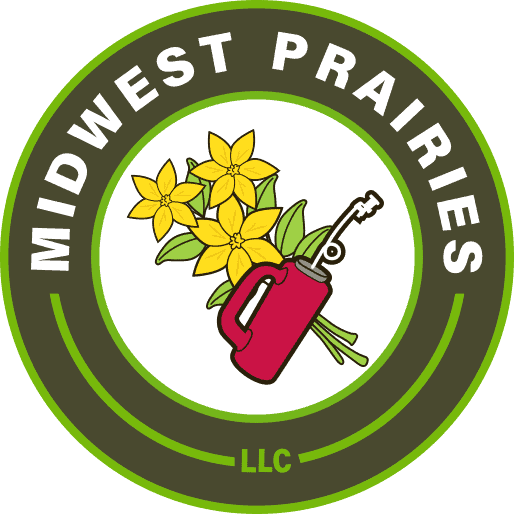Invasive Species Removal
invasive species
Midwest Prairies, LLC has over 20 years of experience in removing brush, trees, and invasive species.
Some of the most common invasives that we deal with on a regular basis are:
- Buckthorn – including glossy buckthorn (Frangula alnus) and common buckthorn (Rhamnus cathartica)
- Honeysuckle – including Amur honeysuckle (Lonicera mackii), tatarian honeysuckle (Lonicera tatarica) and Eurasion bush honeysuckle removals (Lonicera morrowii and Lonicera x bella)
- Black locust (Robinia pseudoacacia)
- Autumn olive (Elaeagnus umbellatus)
- Multiflora rose (Rosa multiflora)
- Garlic mustard (Alliaria petiolata)
- Reed canary grass (Phalaris arundinacea)
The resources and methods used to remove invasives vary with each situation (see “technical resources”). For large areas of woody brush invasions (honeysuckle and buckthorn removal) we use a Rayco forestry mower and skidsteer-mounted tree shear. Together, these two implements can remove any trees or brush shrub up to 12” in diameter very efficiently.
For smaller brush removal or inaccessible sites we do the work by hand using chain saws and brush saws.
Ground cover species like garlic mustard and reed canary grass are very difficult to deal with. However, we have had success with a long term plan of tree and brush removal and replacement with desirable species.
In order to kill most of these species, an herbicide application is necessary. We can either treat stumps when they are cut or come back to treat regrowth. In any case, a long term plan to restore the ground cover with native brush plants is essential to warding off re-colonization.





